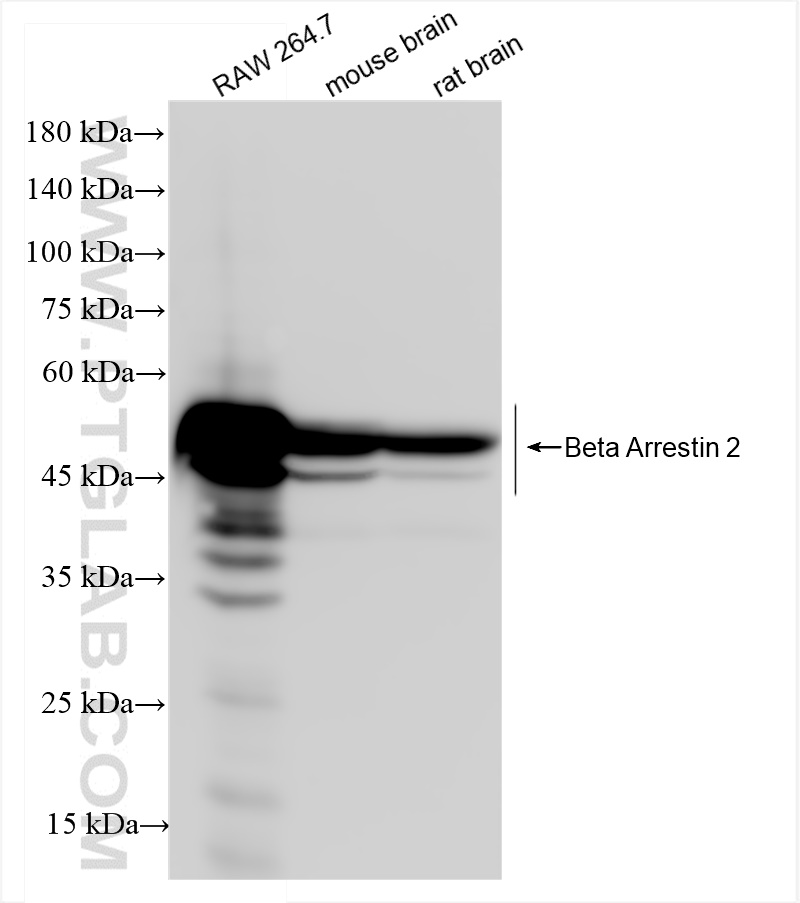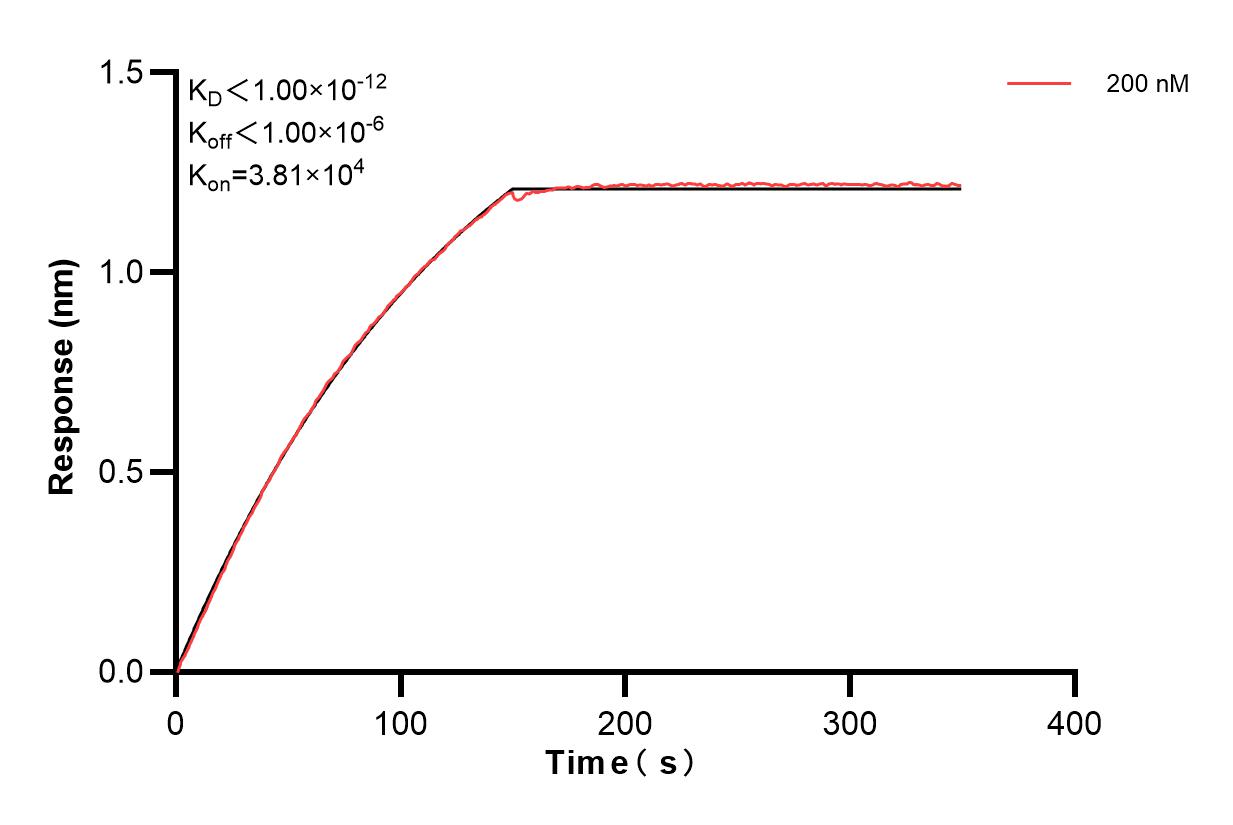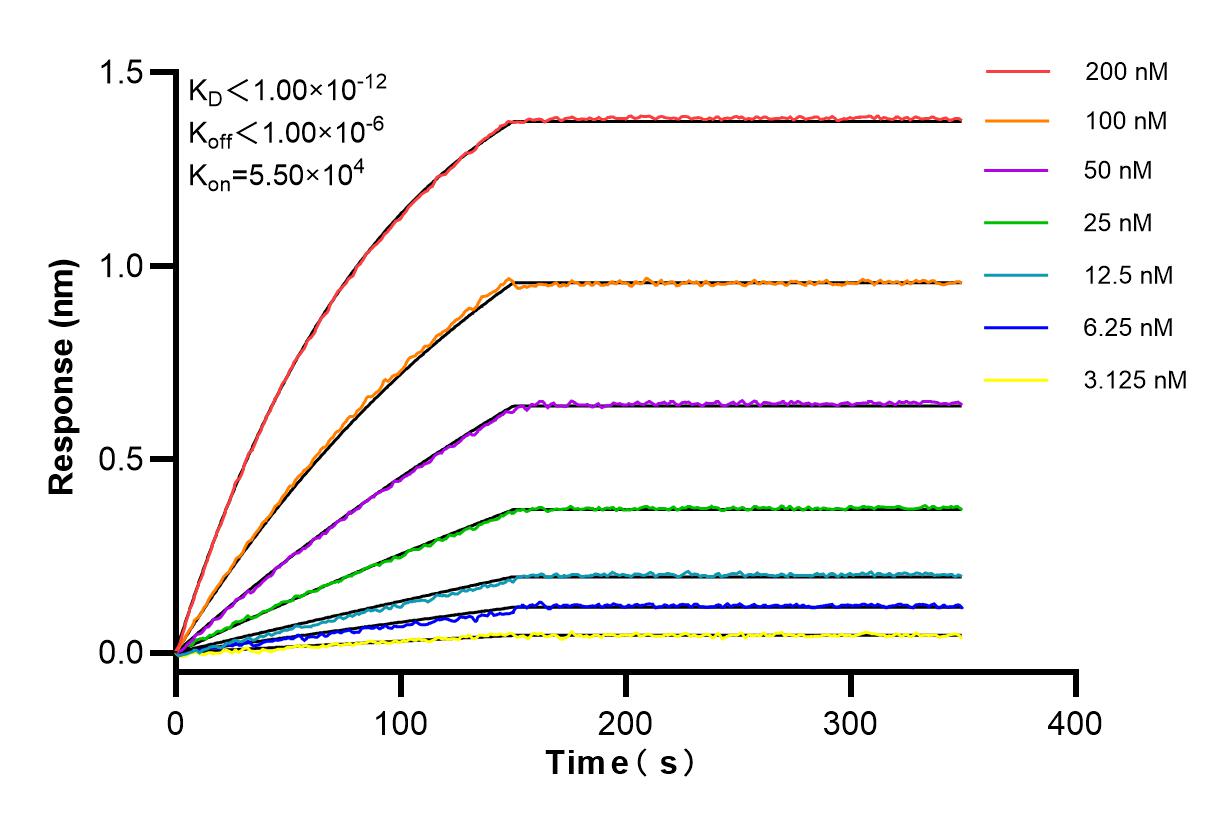验证数据展示
产品信息
82780-6-PBS targets Beta Arrestin 2 in WB, Indirect ELISA applications and shows reactivity with human, mouse, rat samples.
| 经测试应用 | WB, Indirect ELISA Application Description |
| 经测试反应性 | human, mouse, rat |
| 免疫原 |
CatNo: Ag0227 Product name: Recombinant human Beta Arrestin 2 protein Source: e coli.-derived, PGEX-4T Tag: GST Domain: 163-409 aa of BC007427 Sequence: NSVRLVIRKVQFAPEKPGPQPSAETTRHFLMSDRSLHLEASLDKELYYHGEPLNVNVHVTNNSTKTVKKIKVSVRQYADICLFSTAQYKCPVAQLEQDDQVSPSSTFCKVYTITPLLSDNREKRGLALDGKLKHEDTNLASSTIVKEGANKEVLGILVSYRVKVKLVVSRGGDVSVELPFVLMHPKPHDHIPLPRPQSAAPETDVPVDTNLIEFDTNYATDDDIVFEDFARLRLKGMKDDDYDDQLC 种属同源性预测 |
| 宿主/亚型 | Rabbit / IgG |
| 抗体类别 | Recombinant |
| 产品类型 | Antibody |
| 全称 | arrestin, beta 2 |
| 别名 | ARRB2, β-Arrestin 2, 241470F8, ARB2, ARR2 |
| 计算分子量 | 46 kDa |
| 观测分子量 | 47-50 kDa |
| GenBank蛋白编号 | BC007427 |
| 基因名称 | Beta Arrestin 2 |
| Gene ID (NCBI) | 409 |
| 偶联类型 | Unconjugated |
| 形式 | Liquid |
| 纯化方式 | Protein A purification |
| UNIPROT ID | P32121 |
| 储存缓冲液 | PBS only, pH 7.3. |
| 储存条件 | Store at -80°C. The product is shipped with ice packs. Upon receipt, store it immediately at -80°C |
背景介绍
Beta Arrestin 2 is a member of arrestin/beta-arrestin protein family, which are expressed at high levels in the central nervous system (CNS) and play a critical role in the regulation of G-protein coupled receptors (GPCRs) including MOR. Beta Arrestin 2 is an adaptor protein that is important for the regulation of receptors belonging to both dopaminergic and opioid systems. Besides the brain, a cDNA for arrestin beta 2 was isolated from thyroid gland, and thus it may also be involved in hormone-specific desensitization of TSH receptors.




